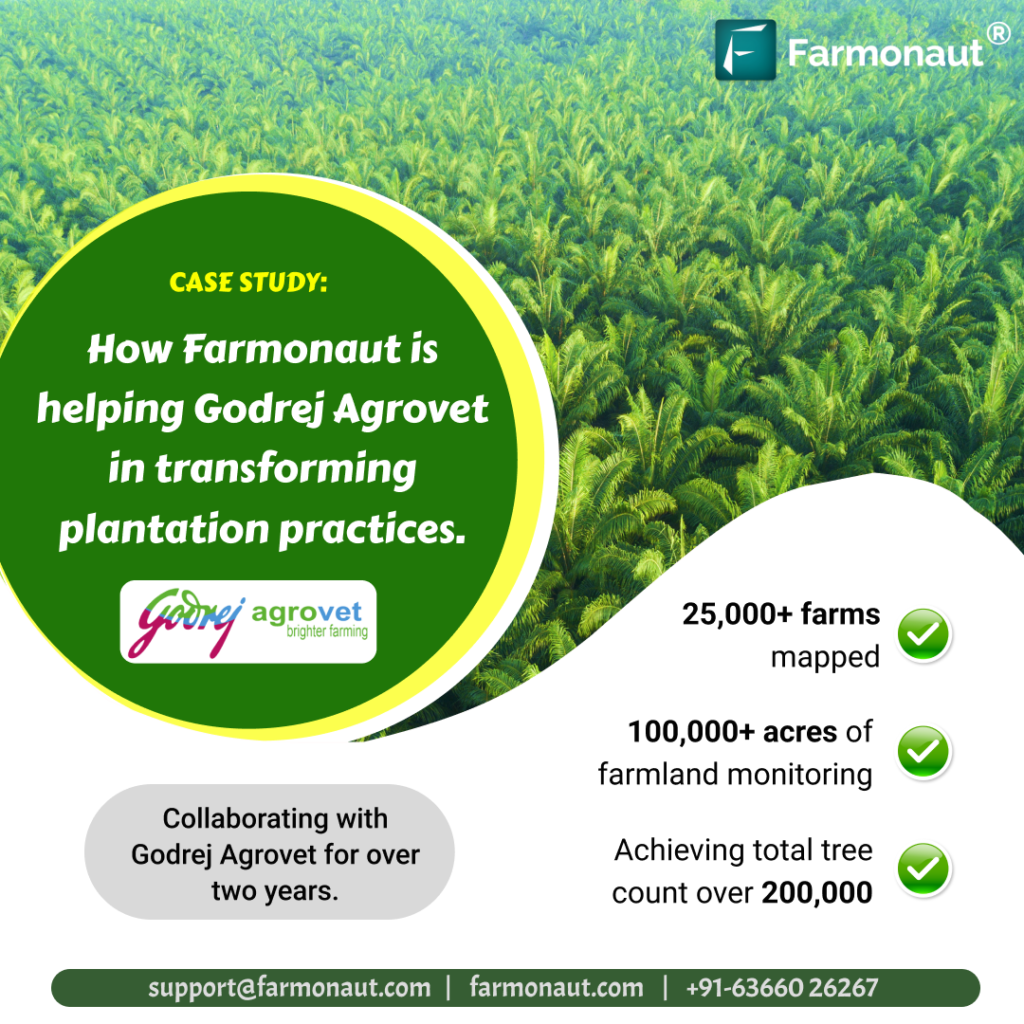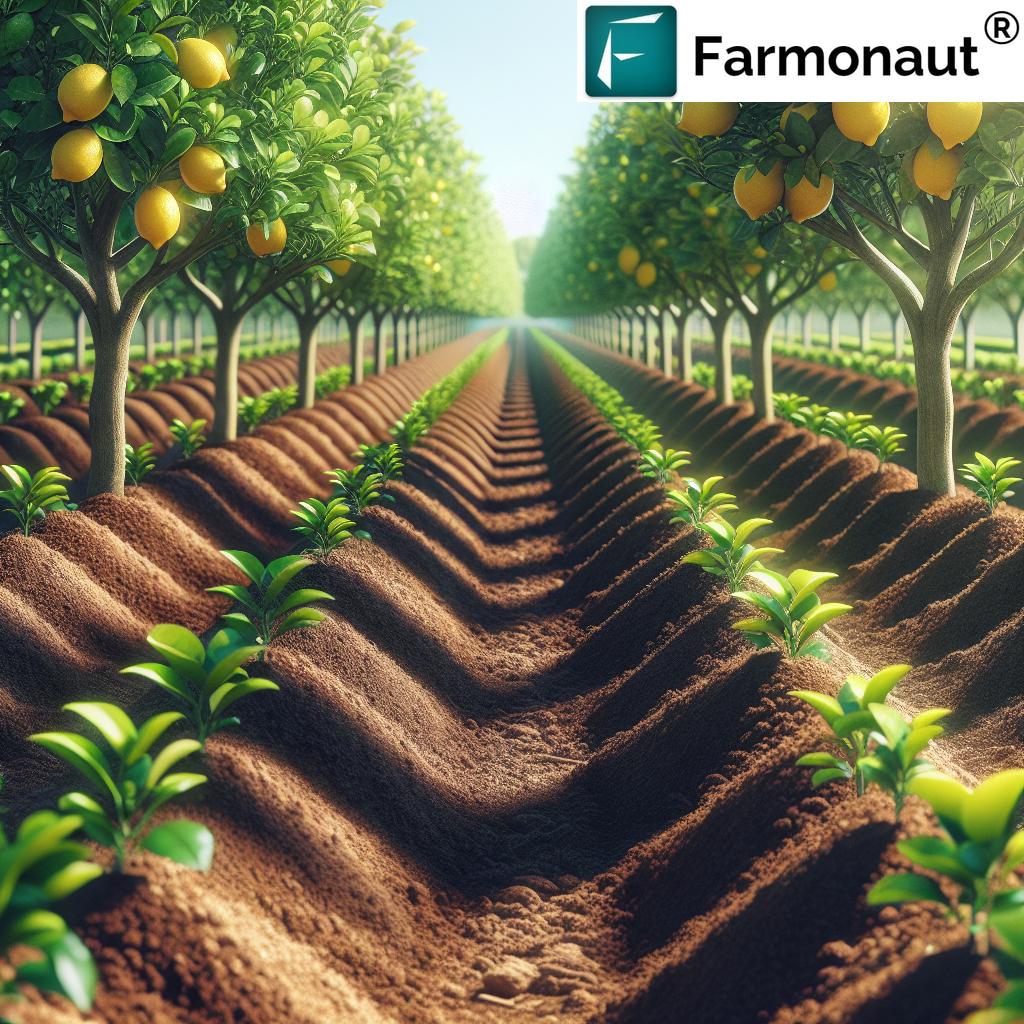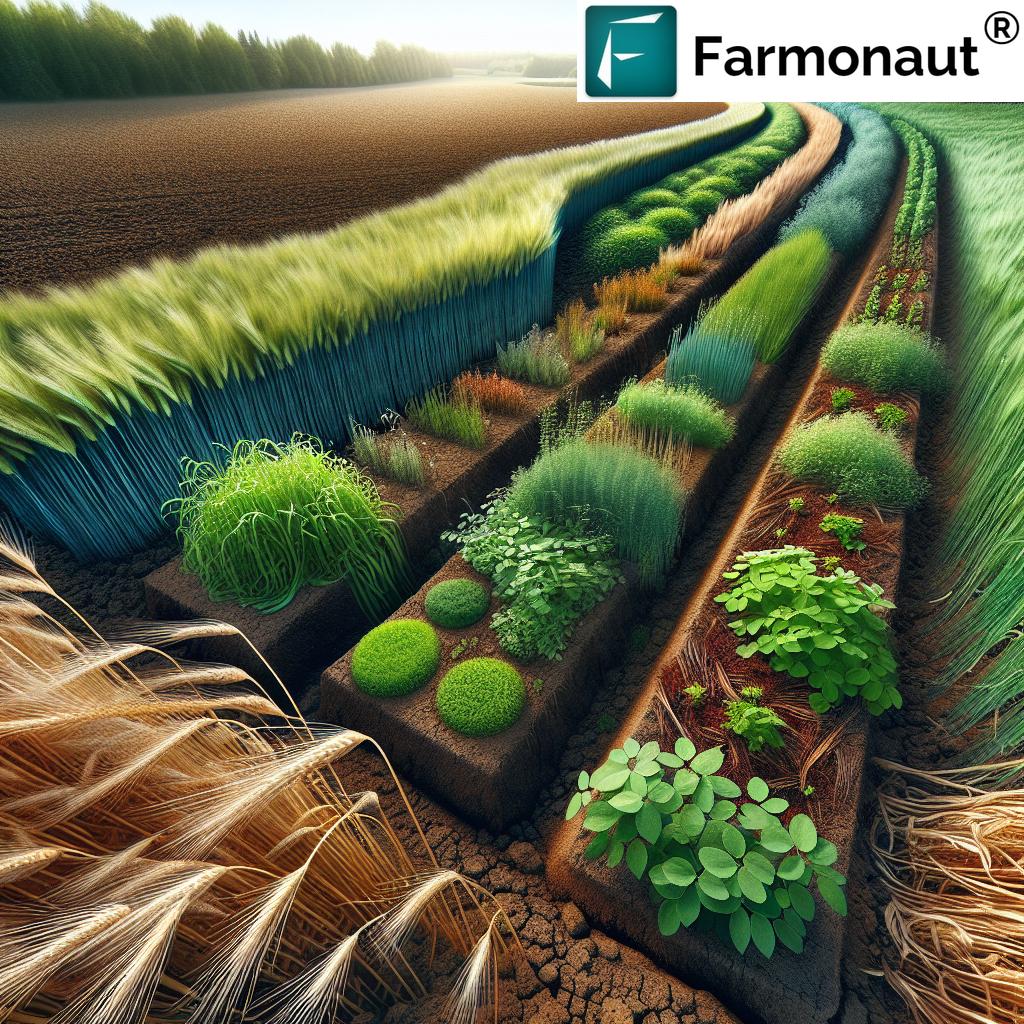Yoshino Cherry Tree & Cherry Nursery: 2026 Advances for Sustainable Cultivation and Ecological Restoration
Yoshino Cherry Tree: Overview & Ornamental Significance
The Yoshino cherry tree, or Prunus x yedoensis, has gained remarkable prominence among sustainable horticultural species by 2026. Celebrated more for its enchanting, cloud-like pink-and-white blossoms than for any commercial fruit production, the Yoshino is a symbol of beauty, resilience, and ecological enrichment in landscapes around the globe.
Widely used in landscaping, reforestation projects, and urban green initiatives, Yoshino cherry trees are instrumental in promoting biodiversity, soil conservation, and aesthetic appeal. Their rapid growth, adaptability to temperate climates, and suitability for large-scale planting make them a linchpin in cherry nursery operations.
- Primarily celebrated for their ornamental appeal rather than fruit yield
- Widely used in landscaping, urban restoration, and reforestation
- Instrumental in habitat creation for pollinators and wildlife, reinforcing ecological balance
- Suitable for diverse climates and rapid ecological restoration initiatives
The growing attention to the Yoshino cherry tree in modern sustainable agriculture is not simply a matter of aesthetics. Their environmental benefits extend to soil management, microbial diversity, and restoration of ecological balance around agricultural lands.
Why Yoshino Cherry Tree? The unique characteristics of this species – from its root system that helps prevent erosion, to the canopy supporting diverse pollinators – are vital in today’s sustainable agriculture, restoration, and forestry management efforts.
Ecological Roles Beyond Ornamentation
Yoshino cherry trees contribute vastly beyond ornamental value by:
- Reinforcing soil conservation and improvement, crucial for restoration of degraded lands and urban soils
- Supporting pollinators and wildlife with early spring blooms, essential habitat, and foraging opportunities
- Serving as a buffer in agroforestry systems, reducing wind erosion and minimizing chemical runoff in agricultural landscapes
Their integration with other native species in reforestation projects further amplifies their ecological and aesthetic contributions, making them highly sought after among modern cherry tree nursery operators.
To access cutting-edge technology for monitoring soil conditions and tree health, users can leverage the Farmonaut Crop Plantation & Forest Advisory platform, providing satellite-driven insights for large- and small-scale reforestation and landscaping projects.
Sustainable Cherry Tree Nursery Practices in 2026: Technology & Ecological Integration
The role of a cherry tree nursery has broadened dramatically in the face of climate variability and the growing movement toward sustainable agriculture. Modern nurseries now represent the intersection of plant propagation science, cutting-edge technology, and eco-friendly land management.
A 2026 cherry tree nursery emphasizes:
- Mass propagation techniques for high-quality, disease-resistant cherry plants (including Rainier, Yoshino, and cherry bush varieties)
- Greenhouses with automated irrigation and environmental controls to optimize growth rates and sapling health
- Real-time soil health monitoring and organic pest management for sustainable fruit production
- Precision technologies for tracking, mapping, and AI-driven plant health analysis
The use of platforms like Farmonaut Carbon Footprinting helps nurseries accurately monitor the carbon sequestration impact of their operations, facilitating compliance with agricultural sustainability standards.

Integrating Technology for Healthier Saplings & Higher Survival Rates
Nurseries in 2026 utilize automated irrigation systems that monitor soil moisture, temperature, and nutrient availability in real time. This, combined with satellite-driven insights from Farmonaut Large-Scale Farm Management solutions, enables the optimization of growth conditions in every stage of plant development.
- Ensures uniformity and health of saplings before field transplantation
- Supports monitoring of disease resistance, growth anomalies, and resource consumption
- Minimizes use of chemical fertilizers and pesticides, enhancing sustainability
Environmental Impact Monitoring in Cherry Production
Our platform enables stakeholders in the cherry tree nursery sector to:
- Track carbon footprint and environmental impact with reliable, satellite-acquired data
- Monitor vegetation indices (NDVI) to assess overall nursery and orchard health
- Assign restoration scores to different cherry species and plan land rehabilitation projects effectively
With the integration of real-time Farmonaut Product Traceability, cherry nurseries and producers can provide full supply chain transparency, meeting the expectations of modern consumers and international markets.
Explore Farmonaut’s blockchain-based traceability solutions for your cherry supply chain.
Organic Pest and Disease Management Underlined by Technology
Cherry nurseries are adopting organic pest management systems, underpinned by satellite and AI-driven monitoring. This approach not only reduces chemical inputs but also strengthens natural defenses against pests and diseases that commonly affect cherry species.
- Early detection of pest outbreaks and disease hot-spots
- Organic, ecosystem-sympathetic treatment recommendations
- Secure and cost-saving for commercial cherry production
Utilize Farmonaut Fleet Management for optimized logistics in nursery and orchard operations—reduce costs, manage fleets, and ensure timely resource allocation for your cherry production systems.
Summary of Key Cherry Tree Nursery Advances
- Precision propagation techniques, ensuring healthier and more resilient cherry plants
- Automated nursery systems, reducing resource use and boosting yield uniformity
- AI and remote sensing integration for real-time, data-driven management and restoration planning
- Organic and sustainable practices becoming standard, not optional, in every leading cherry nursery
As cherry tree nursery operations evolve, the focus is sharply on sustainable farming, ecological restoration, and environmental resilience for 2026 and beyond.
Rainier Cherry Tree & High-Value Fruit Farming: Commercial Impact and Innovations
The **Rainier cherry tree** continues to stand out in high-value fruit farming. Known for its premium, sweet fruit that commands the highest prices on the international market, Rainier cherries are a mainstay in modern orchards and commercial cherry production systems.
- High fruit yield and outstanding taste profile make Rainier cherries greatly sought after among producers and consumers
- Command premium prices due to their scarcity and unique golden-red coloring
- Advances in propagation and nursery management have improved disease resistance and uniformity across plantings
By 2026, precision agriculture is standard in Rainier cherry orchards:
- Automated weather monitoring, climate-controlled greenhouses, and advanced irrigation ensure optimal fruit set and tree health
- Integration of satellite-driven soil and crop monitoring for real-time data-sharing and prompt, adaptive farm management
- Organic and eco-friendly techniques reduce reliance on chemical inputs, strengthening the orchard ecosystem as a whole
Secure crop loans and insurance with Farmonaut’s satellite-based verification, ensuring that your Rainier cherry orchard is evaluated accurately and efficiently for funding and risk management.
Nursery Advances: Disease Resistance & Uniform Fruit Production
Modern rainier cherry tree nurseries have moved toward mass propagation of disease-resistant cultivars, leveraging the latest in genetic selection and plant biotechnology. This, combined with climate monitoring and smart irrigation, ensures robust trees and abundant, uniform, high-quality fruit yields.
- Healthy saplings are monitored via both remote sensing and on-site AI-driven tools
- Transplantation rates are at their highest due to preemptive disease management and optimal greenhouse conditions
- Yield uniformity and survival rates are elevated, supporting global commercial cherry markets
Farmonaut’s AI-based advisory tools such as the Jeevn AI Advisory System help Rainier cherry orchard managers integrate real-time data from satellite images, providing customized advice on irrigation, disease prevention, and resource allocation for commercial farming success.
With the increasing importance of organic certification and sustainability in 2026, Farmonaut’s traceability and carbon footprinting tools provide cherry growers with the ability to certify eco-friendly practices, enter new markets, and maintain consumer trust.
Monitor your orchard’s carbon impact and participate in climate-positive initiatives with Farmonaut.
Choke Cherry Tree: Ecological Roles and Restoration Projects
The choke cherry tree (Prunus virginiana), though less popular for direct fruit consumption due to its tart flavor, remains a vital species in land restoration and biodiversity enhancement.
- Key for reclaiming degraded lands and stabilizing soils, particularly at mining sites or lands affected by erosion
- Highly resilient to harsh soil conditions and capable of thriving in disturbed environments
- Critical in mixed-species plantings for ecosystem restoration, reducing invasions by non-native plants
- Choke cherries are important not only for making jellies, syrups, and natural dyes but also as a habitat resource for native wildlife and pollinators
Through integration in restoration projects, the choke cherry tree contributes significantly to balanced, resilient habitat creation and ecological management. Its presence boosts plant diversity, provides food and cover for wildlife, and promotes the long-term regeneration of natural landscapes.
Discover Farmonaut’s Carbon Footprinting tools to monitor the ecological restoration impact of choke cherry planting at project sites.
Choke cherry’s adaptive growth in low-fertility soils and ability to rebound after natural or man-made disturbances make it a preferred species for rehabilitation projects not only in North America but globally. Its integration alongside the Yoshino cherry tree and cherry bush varieties amplifies biodiversity outcomes and soil stabilization in contemporary agroforestry systems.
Cherry Bush Varieties in Agroforestry and Landscape Management
Modern cherry bush varieties, including wild and domesticated forms, are increasingly recognized for their significance in agroforestry systems, hedgerow planting, and sustainable landscape management.
- Cherry bushes act as understory crops or natural barriers, preventing erosion while contributing to fruit yields
- Support carbon sequestration, provide nectar for pollinators, and buffer adjacent orchards from pests or chemical drift
- Their compact size makes them suitable for smaller landholdings, marginal areas, and urban landscapes
- Help enhance pollination rates in diverse cropping systems, supporting overall ecosystem productivity
These varieties are crucial in integrative, sustainable agriculture and horticulture, especially in the context of climate challenges and evolving land-use goals by 2026.
Leverage Farmonaut’s Large-Scale Farm Management App to plan, monitor, and optimize your cherry-based agroforestry systems.
Eco-Functional Roles of Cherry Bushes
- Natural windbreaks and wildlife corridors in farm landscapes
- Enhanced resilience and ecological diversity in polyculture systems
- Essential resources for honeybees, butterflies, and native fauna
- Improved soil structure and water retention throughout multi-layered plantings
The integration of cherry bush species in hedgerows, orchard margins, and urban gardens is a practical step for landowners seeking both ecological and economic returns.
Advances in Cherry Plant Propagation and Nursery Science
The science of cherry plant propagation is evolving at a rapid pace, driven by the intersecting needs of climate resilience, sustainable agriculture, and commercial productivity into 2026 and beyond.
- Focus on disease-resistant and drought-tolerant cherry varieties to ensure robust performance in variable environmental conditions
- Utilization of in-vitro tissue culture, micropropagation, and grafting innovations for consistent quality across scale
- Integrated AI-based monitoring and satellite imaging for constant evaluation of plantlet health and nursery productivity
- Use of blockchain traceability solutions to guarantee cultivar authenticity for global markets
Farmonaut’s API and Developer Docs (API here, Developer Docs) enable seamless integration of nursery data into broader agricultural and supply chain management platforms.
Through these advances in propagation techniques and data-driven nursery management, cherry cultivation is increasingly resilient, adaptive, and commercially competitive.
Comparative Sustainability Impact Table for Cherry Species and Approaches
A clear, comparative overview of the sustainability metrics associated with popular cherry varieties and cultivation approaches assists farmers, land managers, and policymakers in their decision-making. The following table highlights core sustainability characteristics, helping assess their ecological fit and agricultural value.
| Cherry Variety / Approach | Estimated Annual Yield (kg/tree or bush) |
Water Requirement (liters/year) |
Soil Improvement Contribution (Score 1–5) |
Biodiversity Impact (Supported Species#) |
Restoration Suitability (Yes/No) |
|---|---|---|---|---|---|
| Yoshino Cherry Tree | 0.3–0.7 (ornamental) | 600–800 | 5 | 80+ | Yes |
| Rainier Cherry Tree | 25–45 | 900–1400 | 4 | 30–40 | Moderate |
| Choke Cherry Tree (Prunus virginiana) |
8–15 | 500–700 | 5 | 70+ | Yes |
| Cherry Bush (Domesticated) | 3–8 | 350–500 | 4 | 30–50 | Yes |
| Cherry Bush (Wild) | 1–4 | 250–400 | 3 | 50+ | Yes |
| Mixed-Species Reforestation (with Choke & Yoshino) |
Varied | Mixed | 5 | 120+ | Yes |
Note: Estimated values are generalized and can vary by cultivar, region, and management. “Supported species” refers to associated pollinators, birds, and beneficial insects. “Restoration suitability” scores high for cherry varieties used in ecological restoration projects.
Farmonaut Solutions for Sustainable Cherry Cultivation & Restoration
As satellite-driven agricultural management becomes mainstream, Farmonaut offers unique, cost-effective tools for optimizing cherry tree and bush cultivation, nursery management, and ecological restoration.
- Multispectral monitoring to assess vegetation health (NDVI) & soil conditions in cherry orchards, restoration sites, and nurseries
- Jeevn AI Advisory System for real-time, adaptive guidance on irrigation, disease, and climate response
- Carbon Footprint Monitoring to comply with sustainability standards and document environmental contributions within cherry projects
- Blockchain Traceability for full transparency in cherry supply chains, appealing to premium, export, and organic markets
- Fleet management solutions to optimize logistics, saving resources and minimizing emissions in plantation and nursery settings with Farmonaut Fleet Management
- Satellites and AI-based tree detection and mapping for precision inventory & health monitoring
- Subscription-based access—affordable for individual farmers and large commercial growers alike
Our satellite insights can be accessed on Android, iOS, and the web for on-ground and remote farm, orchard, and nursery management.
Cherry Tree Care: Best Practices for 2026 and Beyond
Proper care and management are paramount for ensuring robust cherry plant health, optimal fruit yields, and landscape resilience in the face of climate uncertainty.
- Soil management: Regular testing, organic amendments, and tailored irrigation for optimum conditions.
- Nursery propagation: Utilize disease-free rootstocks, greenhouse acclimatization, and satellite monitoring for pre-transplant vigor.
- Pest and disease monitoring: AI-driven scouting and early warning for scab/fungal risk—minimize pesticide use and support pollinator health.
- Restoration planting: Include native and resilient cherry species to maximize ecological functions and facilitate rapid landscape recovery.
- Agroforestry integration: Combine cherry bushes with tree varieties and supportive perennials to enhance carbon sequestration and biodiversity.
Incorporating these best practices leads to long-term resilience of cherry orchards, bush plantings, and ecological restoration projects.
Frequently Asked Questions (FAQ)
1. What is the primary benefit of the Yoshino cherry tree in modern agriculture?
The Yoshino cherry tree is primarily celebrated for its ornamental and ecological value—improving biodiversity, soil conservation, and supporting pollinators—rather than direct fruit production.
2. How do modern cherry tree nurseries contribute to environmental sustainability?
Cherry tree nurseries in 2026 employ sustainable propagation, integrated pest management, automated irrigation, real-time monitoring, and eco-friendly practices—greatly reducing input use, boosting sapling survival, and improving restoration outcomes.
3. Why is the Rainier cherry tree considered commercially valuable?
The Rainier cherry tree produces sweet, visually distinctive fruit that commands premium prices internationally. Advances in nursery technology ensure consistent fruit quality and yield.
4. What roles does the choke cherry tree fulfill in restoration projects?
Choke cherry trees (Prunus virginiana) are vital for restoring degraded soils, establishing biodiversity in mixed plantings, and providing food and habitat for wildlife—even in challenging sites adjacent to former mining operations.
5. How do cherry bushes contribute to sustainable farming landscapes?
Cherry bush varieties serve as understory crops, living hedgerows, and natural barriers, improving soil, increasing pollinator resources, and enhancing ecosystem resilience within agricultural and urban landscapes.
6. How does Farmonaut support cherry cultivation projects?
We provide advanced satellite-based monitoring, AI advisories, blockchain traceability, and carbon footprint tools, enhancing crop and ecological management for all cherry species, nurseries, and restoration projects.
Conclusion: The Future of Cherry Cultivation
By 2026 and beyond, the cultivation and management of cherry trees and bushes will continue to shape the frontlines of sustainable agriculture, ecological restoration, and biodiversity support. The Yoshino cherry tree offers unrivaled ornamental and conservation benefits, the Rainier cherry tree drives commercial value with premium fruit, while the choke cherry tree and cherry bushes fulfil vital roles in reclamation and agroforestry.
Through innovation in nursery propagation, precision agriculture, and environmental stewardship, cherry cultivation is poised to deliver both production and ecological benefits globally. The integration of platforms like Farmonaut underscores the symbiosis of technology and sustainability in ensuring the longevity, productivity, and ecological value of cherry projects.
The journey of modern cherry tree species—from exquisite parks and gardens to reclaimed landscapes, productive orchards, and integrated agroforestry systems—reflects a holistic commitment to soil health, biodiversity, and future-ready farming. As we adapt to changing climates and agricultural demands, the cherry—whether as a tree or bush—remains a cornerstone of sustainable and resilient landscapes, worldwide.
Farmonaut Subscription Plans
Get access to affordable, scalable satellite-driven solutions for your cherry projects. Choose the plan that fits your needs:











